

Montague Island is around 80 hectares in area and 9 kilometers offshore from the township of Narooma, along the Southern coast of New South Wales. It is a gazetted Nature Reserve, with high environmental values and a significant Aboriginal and European history. The lighthouse on the island has operated continuously since it was first commissioned in 1881. The stories, old photographs, documents and the historic museum on the island provide a facinating insight to the life of isolation led by its keepers and their families.
The lighthouse itself was automated in 1987 and is now administered by the Australian Maritime Safety Authority. The rest of the island is managed by the NSW National Parks and Wildlife Service (NPWS). The island is now an important native flora and fauna Reserve. It is one of the most important breeding areas along the NSW coast for seabirds, particularly little penguins. Three species of shearwaters, as well as silver gulls and crested terns also nest in Spring and Summer. Birds of prey like sea eagles and peregrine falcons can be seen regularly soaring over the island in search of un-suspecting preys.
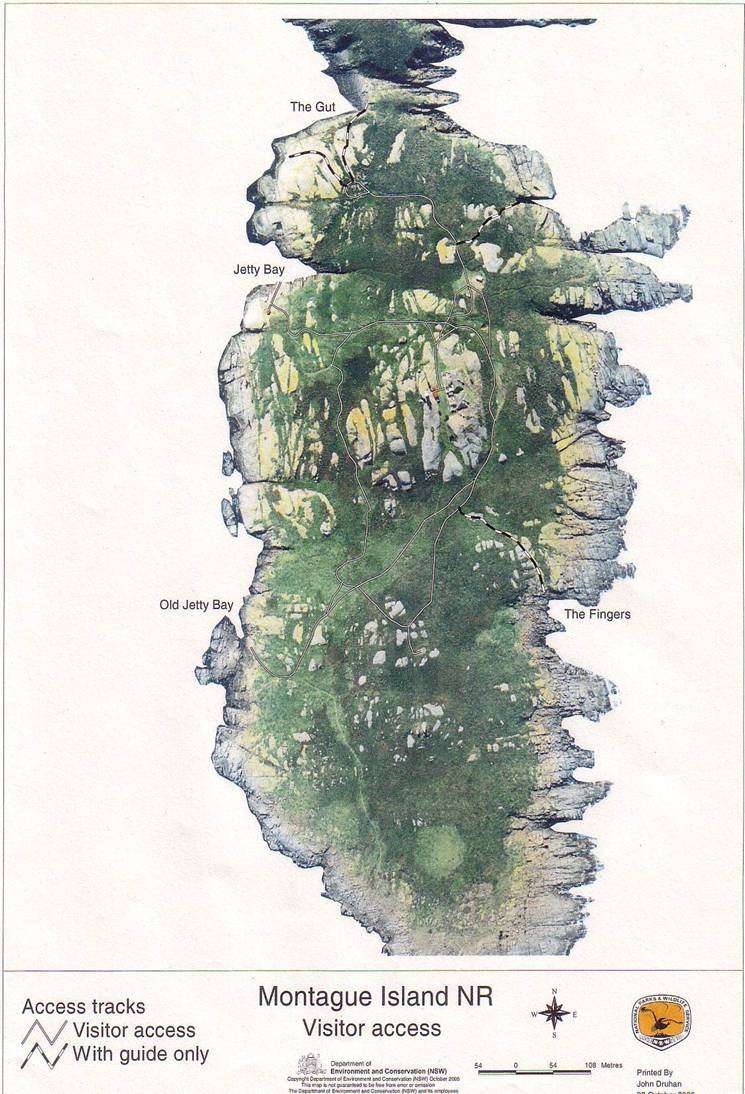
Prologue
Naturewise is a very unique holiday program run by the Conservation Volunteers Australia. The program provides the opportunity for participants to visit unique destinations, to get close to nature and to explore the great outdoors, while contributing to the conservation of the environment.
I left the bustling Sydney town about 2pm and headed straight down the South Coast via the Princess Highway. Once I left the hustle & bustle behind I was "gliding" effortlessly through the updulating landscape and a feeling of serenity started to settle in. The golden sunlight "spearing" through the trees and thick bush was like flashes of lightning. When I arrived in Narooma it was almost 7pm and getting dark. I checked into the local Foreshore Caravan Park and settled down early in anticipation of an exciting day.
Day 1 (28th October 2005)
I woke up a lot earlier than I had liked to. But being a morning person it was not a problem for me. I took the opportunity to pack up, had breakfast and went for a walk along the foreshore. It was a calm morning, slightly overcast. The tide was going out and the shallow channel was like a perfect mirror reflecting the break of dawn. A solitary pelican gliding through the still surface in search of its morning tucker.
Pelican 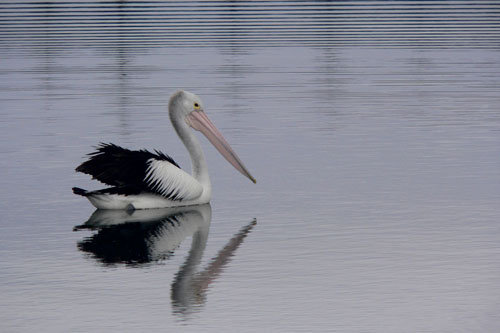
After the morning walk I checked out, parked my car in the Caravan Park carpark and headed for the Narooma Charter's Wharf. As usual I arrived a bit too early. The wharf was almost deserted if not for a couple of morning walkers. I was comforted and reassured when I saw the charter boat: Dreamtime still "sleeping" by the wharf. So I settled down on one of the benches and enjoyed the tranquility. At about 9am things started to stir. First to arrive were father and daughter team, Cliff and Sam followed by Louise, the NPSW Guide. I went over to say "hello" and Louise did the introduction. I found out Sam was a journalist working for the Australian Outdoor Magazine and she was on a mission to write an article on Montague Island. How cool was that! After everyone had arrived we commenced our adventure almost spot on 9.30am. Crossing the entrance was a bit of a bumpy affair due to the heavy swell. But once we were out in the open sea it was relatively calm.
"Whales!" "Already?" We were not even 5minutes into the trip the Captain announced a sighting of whales. Cameras of all sizes and shapes appeared out of nowhere. But where were the whales? Louise explained that they knew the whales were there because they saw the whale's "foot prints". Everytime a whale surfaces it leaves "foot prints" on the surface of the water. These "foot prints" are created by the movement of the tail disturbing the surface of the water. The whale is normally not too far infront of the "foot prints". Everyone was looking intensely infront of the "foot prints" and sure enough we were not disappointed. A black giant suddenly appeared out of the water - it was a Humpback Whale! Then we saw a couple of smaller whales along side. It looked like mother whale was returning to Antartica with her young calves. What a fantastic start to our adventure.
Humpback Whale 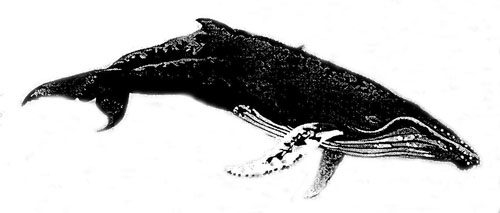
The Tail 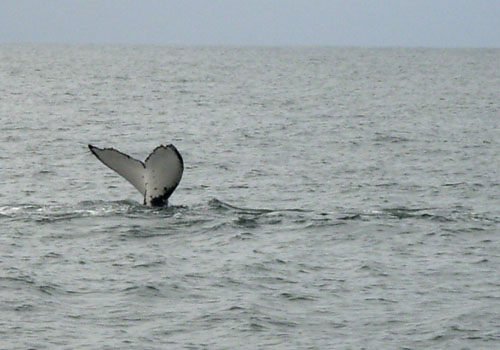
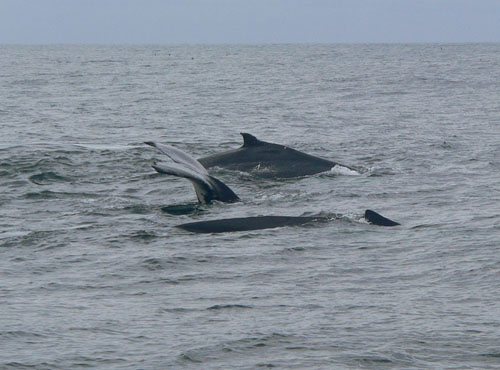 Family Group
Family Group
We followed the whales for a little while then changed course and headed towards Montague Island. Before going ashore the Captain took us to visit the fur seal colony. This island is home to the largest number of Australian and New Zealand fur seal along the NSW coast. It was quite a sight, mums and dads were snoozing or sun baking on the rocks while the youngsters were having a fun and relaxing time floating on their backs and playing in the water. A very stange sight indeed.
Mum & Dad 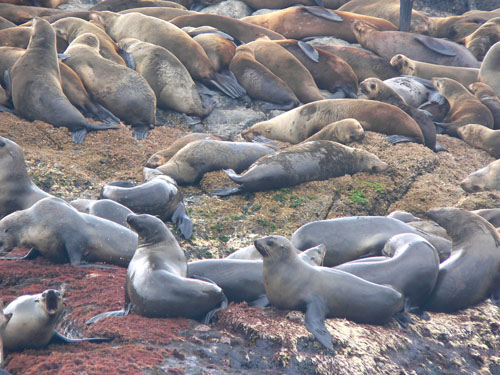
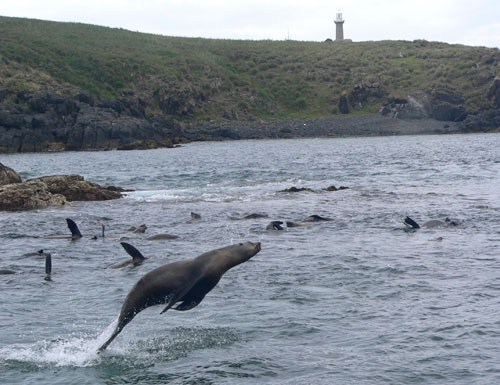 Teenagers
Teenagers
After saying goodbye to our "Dreamtime" skipper we started marching up the slope towards the lighthouse. But it was not a peaceful walk we had expected. Instead it was an exciting walk into the Alfred Hitchcock horror movie "The Birds". Silver Gulls, for whatever reasons like to build their nests by the walking track. At the time of our visit most of the eggs were hatched and there were small chicks running everywhere. Mother gulls were extremely protective and agressive towards any intruders, like a group of nature loving human beings. The "squaking" noise was at times deafening.
The Birds 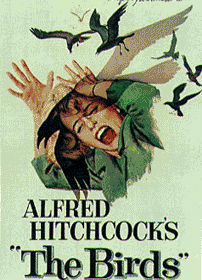
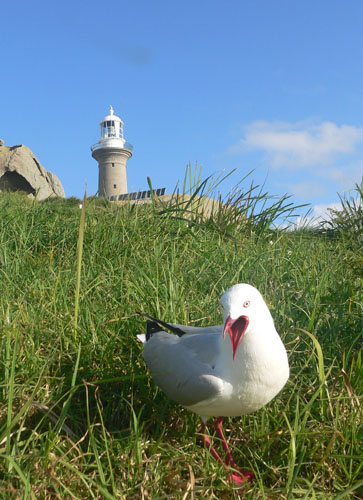
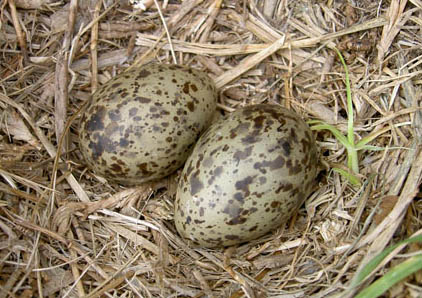
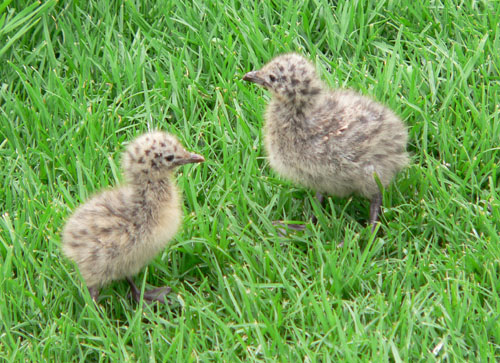
After some anxious moments we managed to reach the lighthouse safely. Louise showed our accommodation, the lighthouse keeper's cottage. I went with my sleeping bag and towels expecting a mattress-on-the-floor experience. Boy! Was I pleasantly surprised. The cottage was beautifully renovated to its original condition and features, almost a five star treatment. After unpacking we settled down for a well-earned cup of tea / coffee. Louise took the opportunity to tell us a bit about the island, our program and activities and the do's and don'ts. Lunch was a communal activity. We all chipped in and managed to come up with a most delicious lunch.
The Cottage 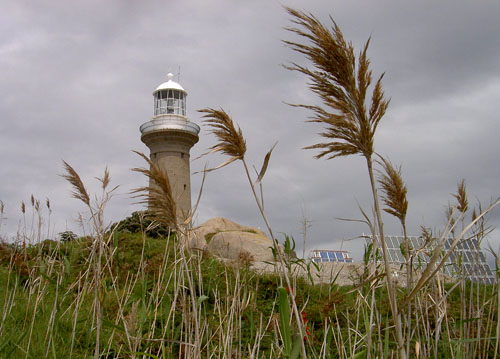
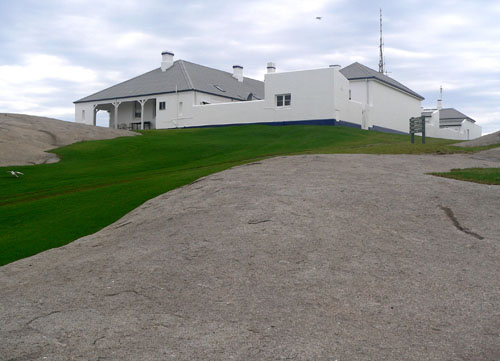
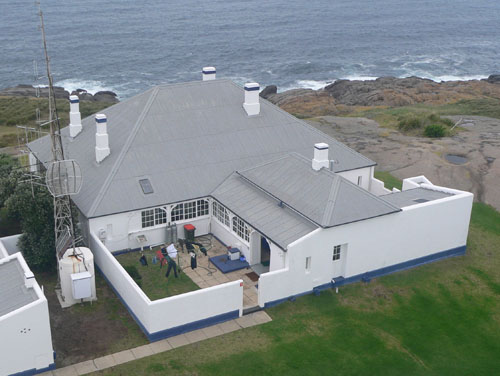
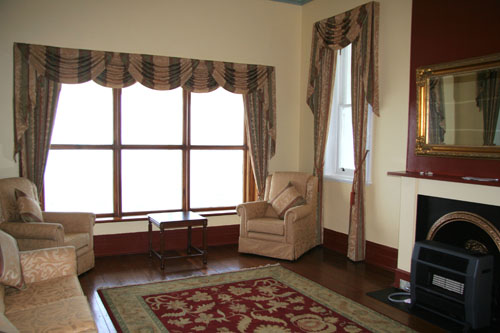
In the afternoon Louise took us for a walk to show us all the accessible tracks and areas of the island. On our way we saw lichen covered boulders framing the lighthouse in the distance. Our first stop was The Gut on the Northen side of the island. When we arrived we were confronted with a beautiful bay with crystal blue water. We also saw a large sea turtle swimming below.
The Walk 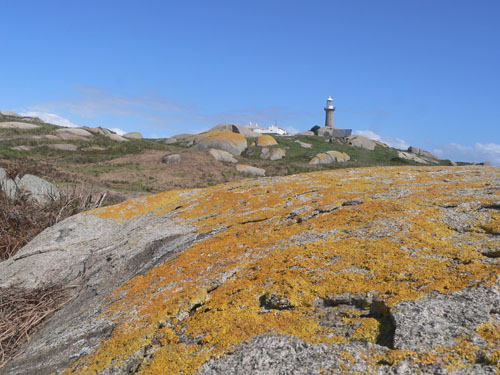
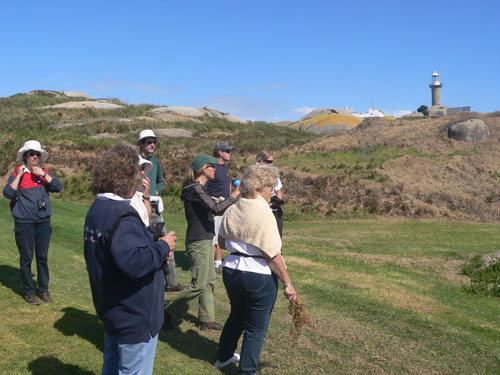
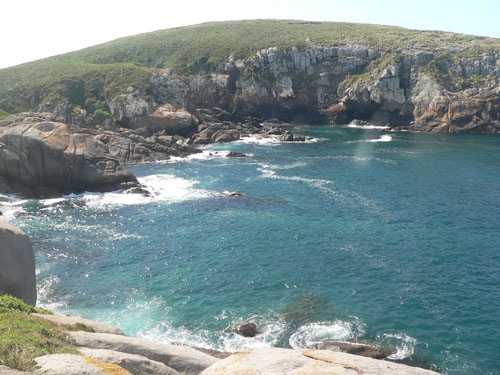
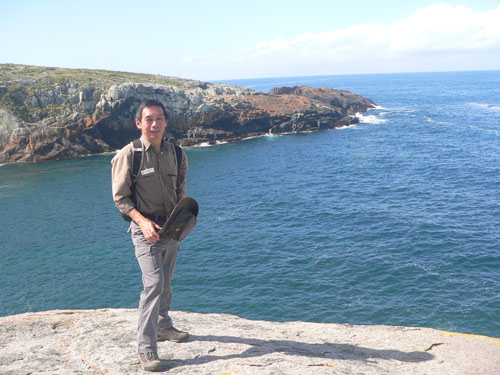
Our next stop was the Cemetry of the early settlers. On the way we visited a large colony of Crested Terns. These were beautiful sea birds. It was a busy time for them because most of the eggs had hatched and the parents were flying continuously in and out trying to feed their forever hungry chicks.
Crested Terns 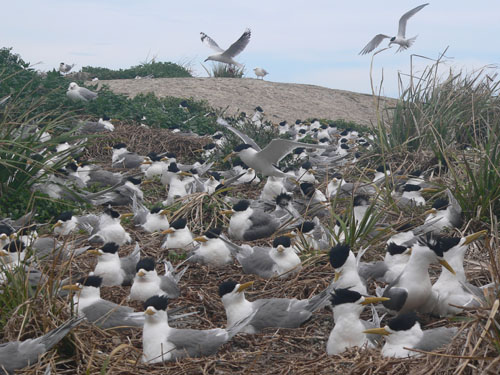
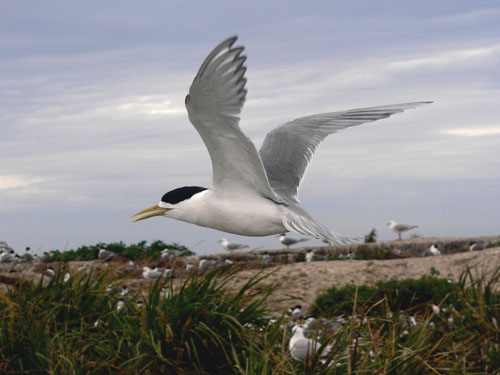
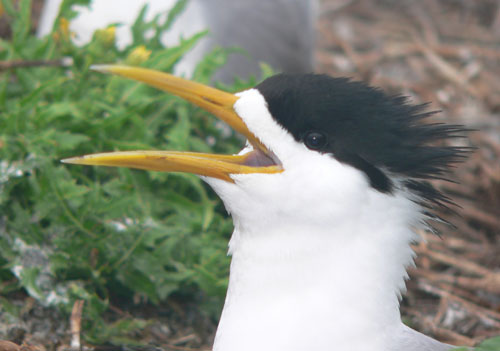
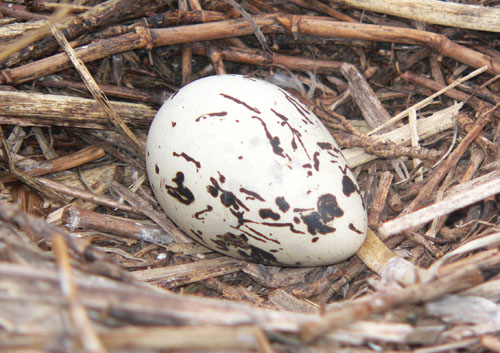
The cemetry was located on a classically good Feng Shui position over-looking the great blue ocean. There was an acute sense of dignity about the place. On a plaque was inscribed a beautiful poem composed by one of the talented NPWS Rangers in memory of the adventurous spirits of the early pioneers:
Hail to Thee who lie forever beneath this lonely Light.
Solitude was your reward; hardship was your plight.Seagulls sing your praises as eagles soar in flight.
Rest in peace, we'll not forget.
You Guardians of the Light.
Hail to Thee who laboured long beneath this lonely Light.
Gratitude is your reward, from sailors in the night.
Your time has gone but history records your noble deeds.
So you will be rememberd.
You keepers of the Light.
Hail to Thee you women who lived beneath this lonely Light.
A yerning heart was your reward, but steadfast, loyal and bright.
Your neighbours were the moon and stars your friends the sun and rain.
Yes, you will be remembered.
You women of the Light.
Hail to Thee you children who played beneath this lonely Light.
Loneliness was your reward, your playmate day and night.
Did you look across the waters and seek a friend to hold?
Your memory will never fade.
You children of the Light.
Anon 1993
From the cemetry we could also see the Aboriginal Ceremonial Rocks standing majestically over the Southern sky. The area around the Ceremonial Rocks is out of bound for visitors because it is sacred for the Aboriginal people. In the past Aboriginal men from the mainland came over by canoes regularly to perform ceremonies around the rocks.
The Cemetry 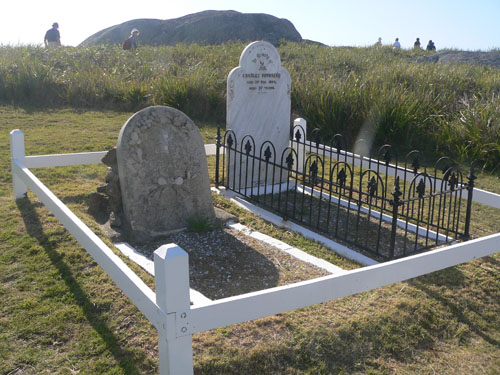 The Rocks
The Rocks 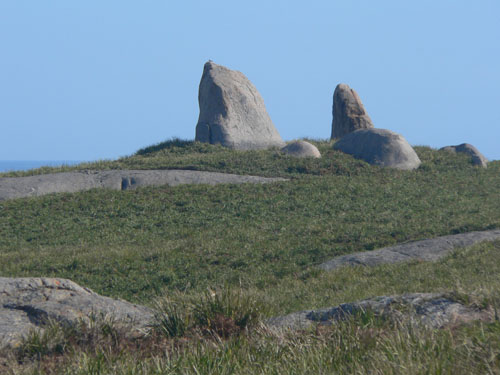
Next stop, the Old Jetty on the Western side of the island. In this part of the island we could see the stages of the conservation work carried out by the Seabird Habitat Restoration Project. Near the original old jetty there were boulders of various sizes forming the rugged coast line. Louise also showed us a beautiful rock pool nearby. Then it was time to go back for some well-deserved afternoon tea and bickies. Sitting under the veranda, a hot cup of tea in one hand and a bicky in the other, listening to the wind and the waves, looking into the vast ocean as far as the eyes could see. That was the life! Montague Island was like a refuge for our souls. A place where we could stop and slowly get in-touch with our inner stillness again.
After the refreshing break Louise our guide suggested that we should climb up the lighthouse to check out the island sunset. Apparently according to one of the local tales there is a female ghost who "appears" occasionally in the small lighthouse window. We checked all the small windows as we were climbing up the spiral staircase, but didn't see anything resembling a "female ghost". On top of the lighthouse the wind was really howling and we had to hang onto the iron rail for safety. Instead of a sunset we had a dramatic view of an approaching storm.
The Lighthouse Window 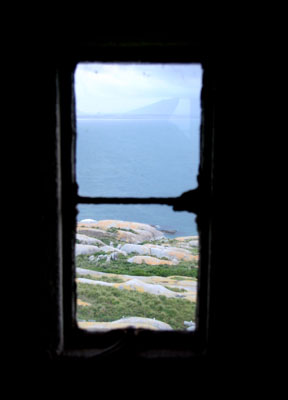 Stormy Sunset
Stormy Sunset 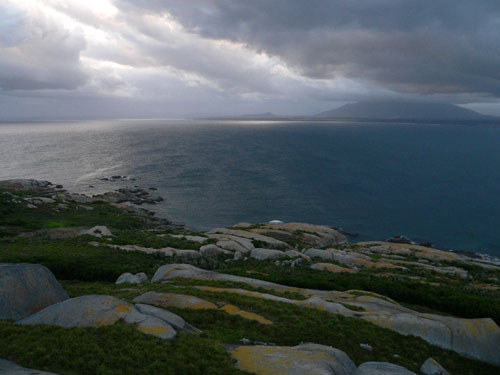
After sunset Louise took us down to one of the coves on the Eastern side of the island to watch the "little penguin parade". There is something very special about these little penguins - that cuteness mixed with a toughness and resilience to the ocean. You only need to watch them trying to swim ashore in a huge sea to feed their babies.
Penguin Cove 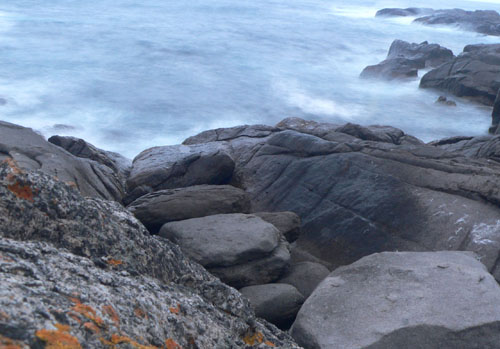
Day 2 (29th October 2005)
I was woken up by a symphony of bird songs, bird calls, howling wind, the pounding waves and ... Now what was that sound? Ah, I remembered, a whistling kettle! It was an overcast day and raining lightly. Not exactly inviting, especially we were suppose to do some conservation activities in conjunction with the Seabird Habitat Restoration Project. Anyway we decided a bit of rain was not going to stop us. So I went with Louise to collect the necessary tools and seedlings while the others got ready. When we got to the conservation area we divided the group into two teams. Louise looked after the planting team whose aim was to replace the Acacia sophorae (Coastal Wattle) with Lomandra longifolia (Spiny Mat Rush). Apparently the Coastal Wattles were planted across the little penguin's path and could potentially block the penguin passage in the future. I was incharged of the weeding team and our aim was to remove weed re-growth in the already cleared area. The targeted weeds were Solanum nigrum (Blackberry Night Shade) and Phytolacca octandra (Ink Weed). With the enthusiasm and commitment, the mission was successfully accomplished way ahead of time. So Louise showed us couple of the penguins that stayed "home" to look after their young chicks.
Conservation 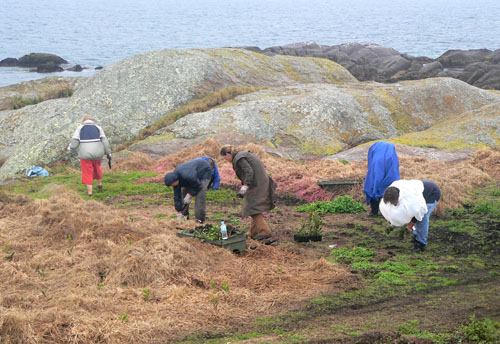
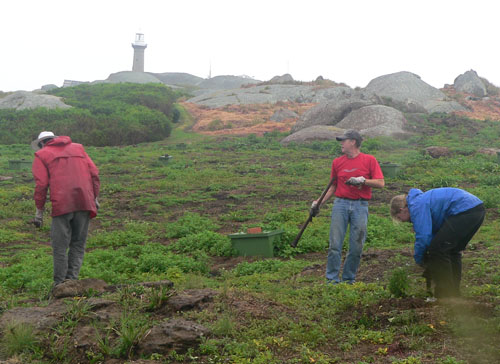 Penguin
Penguin 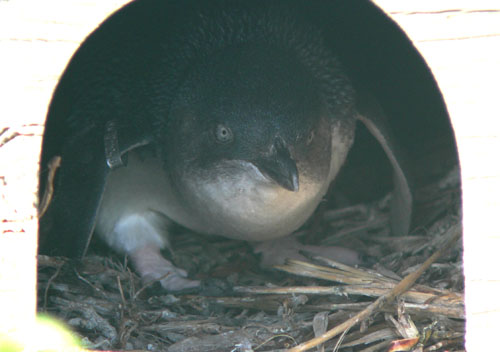
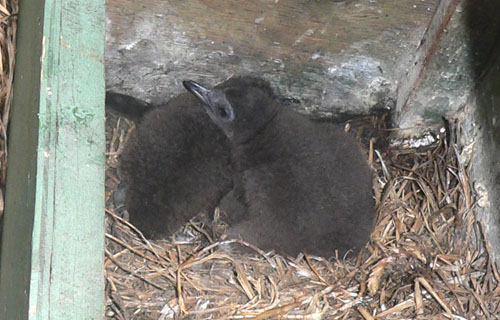
After lunch Louise suggested we should visit The Gut. We saw it from the top yesterday. But this time we were going to go right into the gut of The Gut. As usual the seagulls put up a big fuss everytime we walked pass their nests. On the way we saw another set of Aboriginal Ceremonial Rocks. The descent to The Gut was a bit challenging, but nothing we couldn't handle. The Gut was a nice place to just sit around and relax. I really enjoyed exploring the rocky shore and photographing the beautiful patterns and colourful lichens. We saw a pair of Sooty Oyster Catcher birds hanging around the water edge. They are really gorgeous and yet comical looking birds, reminded me of the chickens in the movie "Chicken Run".
The Gut 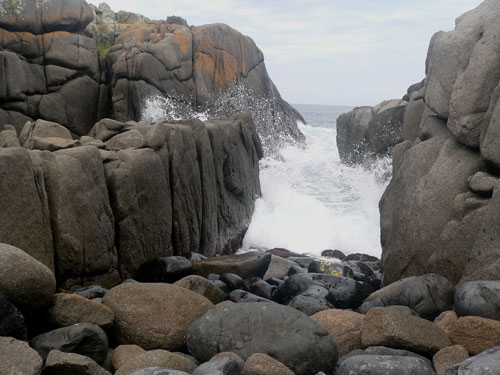
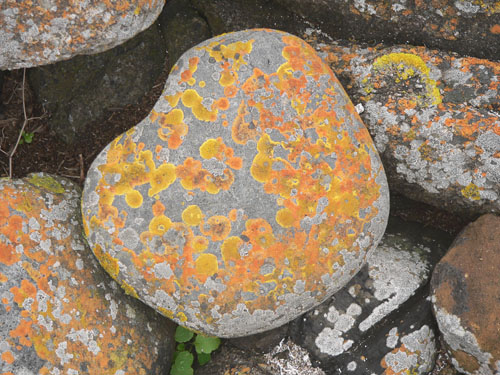 Sooty
Sooty 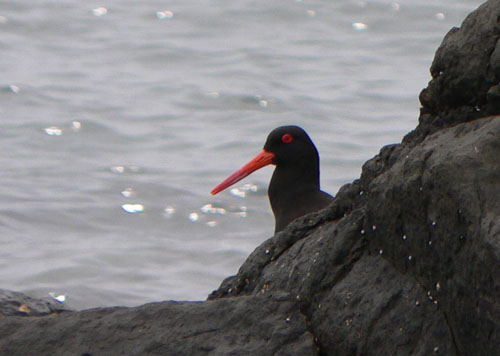
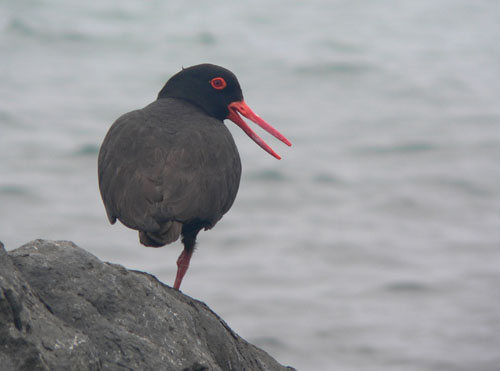
Day 3 (30th October 2005)
I woke up to a relatively quiet morning. The howling wind was nowhere to be heard. A dead calm seemed to have settled over the island. The sea and ocean around were calm and flat like a mirror. Large schools of dolphins could be seen circling the island feeding. Occasionally we could see Humpback whales surfacing in the distance. Montague Island is considered to be one of the best places on Australia's East coast for whale watching. After breakfast we packed up our gear and everyone was free to do their own things. I relaxed under the veranda and tried to enjoy the last few moments of tranquility before the trip back to the "big smoke".
Group Photos 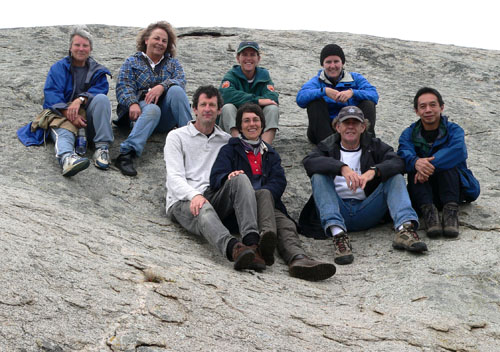
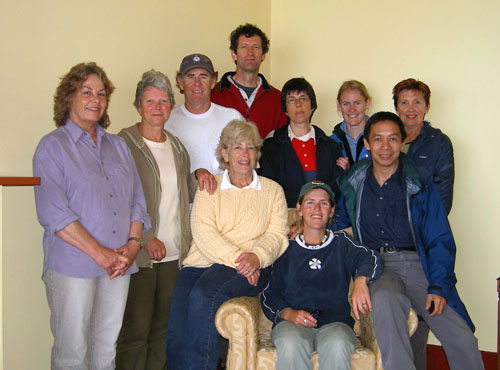
At about lunch time we reluctantly said goodbye to Montague Island. The seagulls put up a big "farewell" for us as expected. On our way back we shared the charter boat with a group of fishermen who just finished their morning fishing. The Captain made a detour and showed us the fur seal colony again. It was very kind and thoughtful of him. The trip back to Narooma was relatively un-eventful.
Epilogue
I fully enjoyed the Montague Island naturewise holiday trip. It was a very nice group and we all got along really well. We had a fantastic NPWS Guide. Louise's approach was very professional and at the same time friendly. She made everyone feel at ease right from the beginning. It was a great start to a fantastic trip. From the conservation perspective it was really encouraging to know, a long term management plan exists and restoration work is being done in controlled stages. I was very happy and encouraged to see excellent results have already been achieved. I believe the key to long term success is regular maintenance of the restored areas using hand weeding rather than herbicide spraying, giving the native flora a chance to regenerate and grow.
